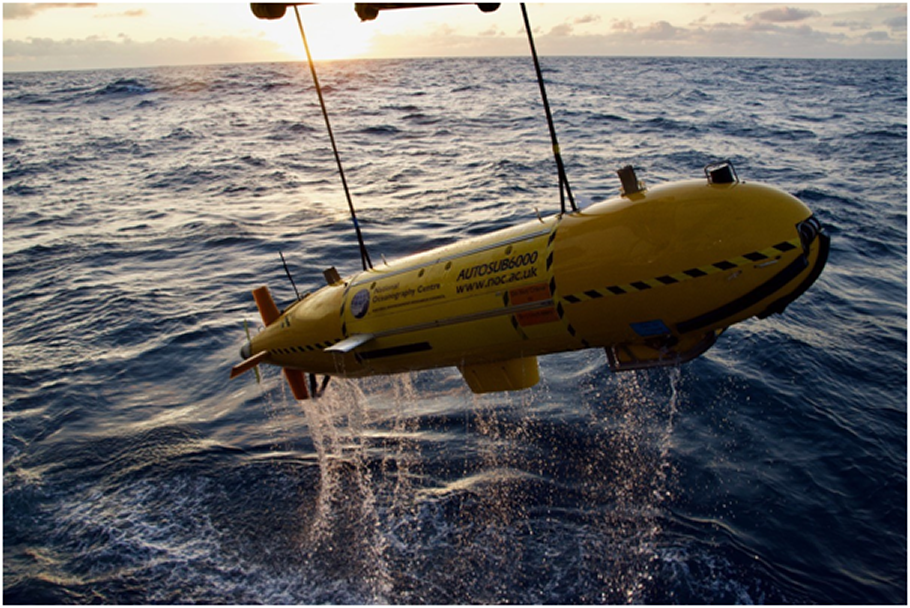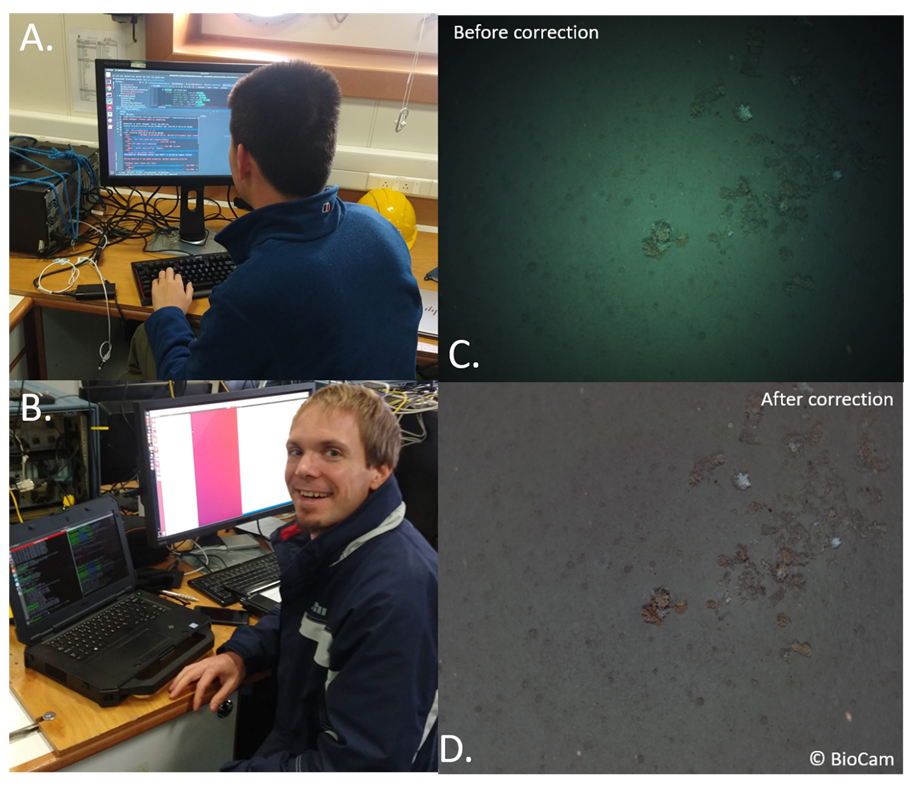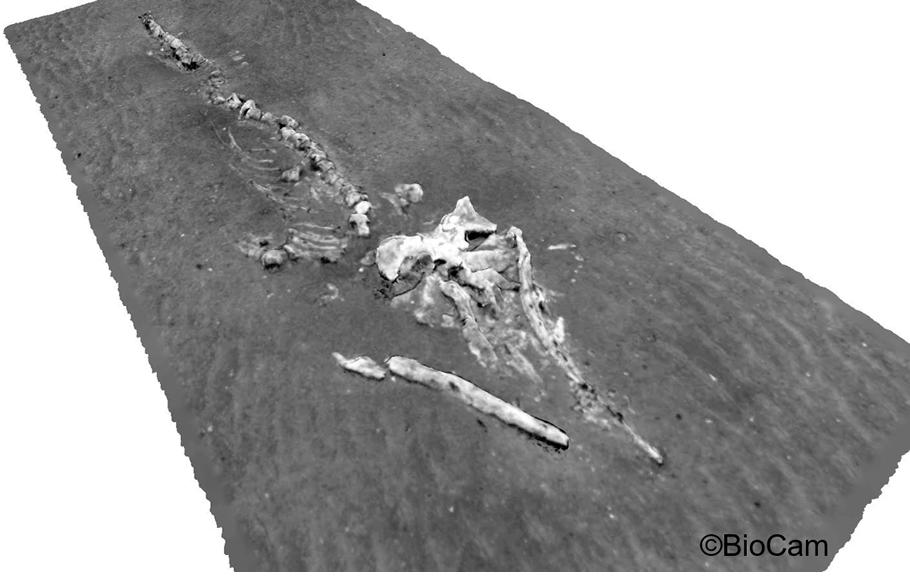As we mentioned in our previous post, the Autosub6000 Autonomous Underwater Vehicle (AUV for short) was launched from the RRS Discovery to map the seafloor. What you may not know is that this survey is following a totally different approach when it comes to seabed mapping.
The team behind this amazing Autosub6000 mission is the “BioCam” team from the University of Southampton. The data that BioCam generates in this project may lead to a turning point that can revolutionize the way we understand deep-sea ecosystems.
We will tell you why in the next few paragraphs. To start, we need to tell you that comprehending ecosystems requires us to obtain high-resolution images of the seafloor in order to identify coral colonies and their inhabitants that are only a few cm in size. On the other hand, small scaled features usually get misrepresented as it is often necessary to carry out surveys on a large scale seeing that a biotope can extend over hundreds of metres to kilometres.
Up to date, characterising the seabed at a large scale has usually been achieved using multibeam sonar, which can accurately map the morphology of the terrain and thus map out habitat. However, the sonar can be a bit limiting when it comes to biological interpretation of certain seabed features. One way around this problem is to collect images of the seabed and use them to comprehend faunal communities. However, seabed images are not as easy to collect as everyday photographs because they suffer from constraints related to the water column and lack of light. So, in order to have good images of the seafloor, we need to collect images that are close enough to the bottom, so we are able to see clearly through the water column. This limits the amount of seabed we can image within each photograph, and therefore the amount of animals we can picture in one go.
The BioCam project aims to tackle this issue by mapping seabed environments at a high altitude using a brand new camera system mounted on the AUV, that takes wide coverage, high-resolution pictures and stitches them all together into a 3D reconstruction of the seabed. AUVs are preferably used when it comes to achieving a large scale study. In the case of the BioCam project, the Autosub6000 can survey the seafloor for up to 24 hours without any human supervision. By setting up the BioCam camera under the AUV, the underwater vehicle can photograph 50 times the area of Wembley’s Stadium football pitch in 24 hours at a resolution of just a few millimetres. According to Blair Thornton, the leader of the project, this is 40 times the area covered by more conventional deep-sea imaging techniques.

How BioCam works
To perform data collection, the BioCam projects two laser lines on the seafloor and images are recorded at up to 10 fps. On top of that, strobed stereo photos are captured every few seconds. The vehicle's navigation data is crucial to proceed with the next steps which generate the 3D reconstruction of the survey area. The bathymetry is initially generated from the laser data and then the 3D reconstruction is performed using both bathymetry and images. This happens through an algorithm that combines them with navigation data. At the end of the process, we have a really interesting high-resolution 3D map that can show both large-scale and fine-scale features.
Image processing with BioCam
BioCam work goes beyond the survey with the AUV. The image processing step is also crucial for data analysis. Unfortunately, the fact that the images are acquired underwater, at large depth with not much light available creates a series of artefacts such as attenuated colour and image distortion. As these artefacts make it hard to identify seabed features, the images have to be treated so we can see all features as clear as possible.
The BioCam team has been developing nice image processing algorithms that can turn distorted, dark greeny images into clear and high-resolution pictures (see image below). As if that wasn’t enough, they have also created a “query” algorithm that can automatically classify important features on the seabed, such as rocks, cables, fish, corals, etc.

By imaging a large-scale deep-sea environment at a fine-scale resolution in 3D, the BioCam technique also opens new perspectives to the deep-sea exploration. For example, on September the 19th, the team discovered a carcass of a whale of about 8 metres long at 950m depth (see picture below). Whale falls have been rarely observed in the North-East Atlantic Ocean. They are normally encountered randomly as no device enables their detection. Using a Remotely Operated Vehicle (ROV), the team could have missed the skeleton by passing 20 m next to it. This result shows all the potential this project has to reveal secrets that the deep sea has always hidden from us.

The whole team has been accomplishing an amazing work during the DY108/109 research cruise and for sure their results will bring seabed mapping to a higher level!
Blog written by Loic Van Audenhaege and Larissa Macedo.